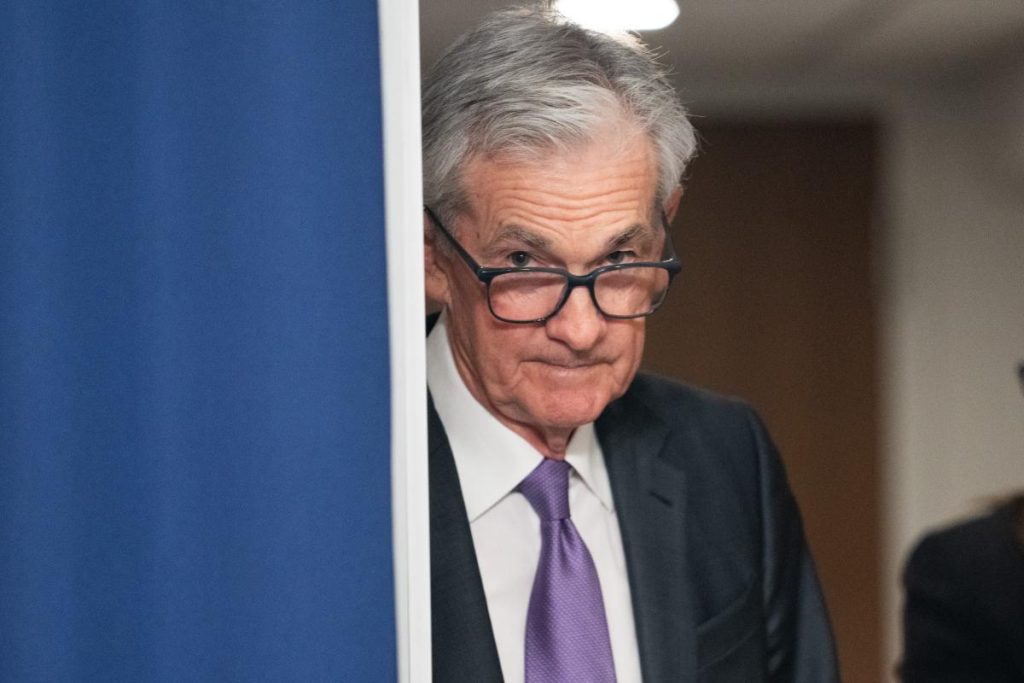Investors expecting multiple rate cuts this year have been disappointed so far, as the consensus now suggests that the first cut will come at the Fed’s September meeting. Last week, the Consumer Price Index showed a surprising jump in prices in March, causing concern in the stock market. Some analysts are now questioning whether we will see any rate cuts at all, in addition to when and how many cuts to expect. There is a possibility that the Fed has an unofficial deadline for taking action, with July being a key month for potential rate cuts.
Data from last year’s cooler CPI readings in the second half of the year are currently helping to hold down year-over-year inflation. However, recent months have shown hotter-than-expected inflation rates, with analysts expecting continued growth in April and May. The looming presidential election in November adds a layer of complexity to the situation, as the Fed may feel pressure to make rate moves based on political factors. The Fed’s mission has not changed, but American politics have, with key figures of both parties attempting to influence the central bank’s decisions.
Federal Reserve Chairman Jerome Powell is facing unique challenges in navigating these complex political and economic factors. With pressure from both sides of the political spectrum, Powell must carefully balance the expectations of Wall Street analysts and the needs of the economy. Some analysts now expect a rate cut in December, but there is also a possibility of an earlier cut in June followed by a period of holding rates steady. Despite differing opinions within the Fed, many see current policy rates as too restrictive and believe that adjustments may be necessary to support economic growth.
While there is uncertainty surrounding the timing and number of potential rate cuts this year, the Fed is expected to closely monitor inflation data and economic indicators in the coming months. The impact of political pressures and external factors on the central bank’s decisions will also be key considerations moving forward. Investors and analysts alike will be watching for any signals or statements from the Fed leadership, including Chairman Powell, to gain insight into the future direction of monetary policy. As the economic landscape continues to evolve, the Fed’s decisions will play a crucial role in shaping market expectations and investor sentiment.


